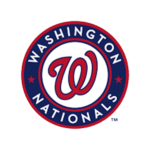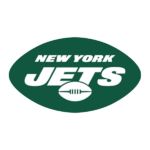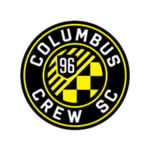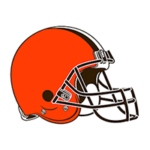Five Benefits of Artificial Turf
Artificial or synthetic turf has been gaining popularity over the years. In situations where proper maintenance is impossible and excessive use is common, it is outperforming natural turfgrass and many places are replacing natural grass with synthetic turf. Currently, there are between 12,000 and 13,000 synthetic turf sports fields in the U.S., with approximately 1,200 – 1,500 new installations each year. There are many pros and cons to each surface, and it is important to choose your type of surface depending on your project needs. Here we examine five benefits of artificial turf.
1. ENVIRONMENTAL BENEFITS
If you are in an arid or dry climate artificial turf grass can be a huge water-saver. A typical natural grass sports field requires between 500,000 and 1 million gallons of water per year. If that is coming out of sprinklers, you are spending money on every drop. Tax credits and rebates are being offered to residential and corporate users having a tremendous impact on water conservation. Furthermore, if pesticide use is probable for the geography of your project, you can rest assured synthetic turf will not use any harmful chemicals to maintain. Energy conservation is a huge overall benefit. Not only is the sprinkler system turned off, but you don’t have to get out of the lawnmower. Did you know a push mower emits as much pollution in one hour as 11 cars and a riding mower emits as much as 34 cars? You can feel good knowing your synthetic turf is not causing any harm to the environment, in fact, you are cleaning it up.
2. SAFETY AND PERFORMANCE
You may be surprised to know that hundreds of studies have been done on the safety of synthetic turf. They have shown overall that the risk of injury is comparable to that of natural turf grass. In fact, a 2004 NCAA study among schools nationwide comparing injury rates between natural and synthetic turf found that the injury rate during practice was 4.4% on natural turf, and 3.5% on synthetic turf. Made with resilient materials for safety, well-maintained synthetic turf sports fields are always ready to play on. Traction, rotation and slip resistance, surface abrasion, and stability meet the rigorous requirements of the most respected sports leagues and federations. Both safety and performance are a large concern for athletes, coaches, administrations, and leagues, so you know our synthetic turf fields are built to the highest safety levels achievable in the industry. However, not all synthetic turf systems are the same and we encourage owners to research different systems available in the market
3. DURABILITY
Synthetic turf can be utilized around 3,000 hours per year with no “rest” required. A grass field simply cannot remain lush and resilient if it is used more than three to four days a week, or in the rain, or during the months when grass doesn’t grow. This fact, coupled with an escalating need for durable fields that accommodate multiple sports teams and activities, the high cost of maintaining a natural grass sports field, and the need to conserve water, have prompted a rising number of schools and parks to turn to synthetic turf to meet their programming needs. Even places like Disneyland have turned to synthetic grass to provide a lush, attractive landscape solution that requires minimal resources and maintenance.
4. LONGEVITY AND LOW MAINTENANCE
Synthetic turf sports fields are typically warranted for eight years, but their life expectancy will depend to a great extent on the amount and type of usage, the maintenance it receives, and the geographic location of the field. When it comes to landscape applications, synthetic turf can last much longer than fields. While much less time and money are required to maintain a synthetic turf sports field than a natural grass field, synthetic turf needs to be maintained to maximize playability, safety, and the life of the product. Over time some of the maintenance for a synthetic turf grass field includes; Regular cleaning to get rid of debris, grooming, decompaction, disinfection to protect the health of the players, Watering to reduce the temperature on hot days, infill amendment, and minor repairs.
5. RETURN ON INVESTMENT
A synthetic turf field can pay for itself in 3-4 years. The cost of installing and maintaining a synthetic turf field over 20 years (including one replacement field) is over 3x less expensive per event than the cost of a grass field including average annual maintenance. When considering upgrading from grass to synthetic turf, it’s important to view turf installation and artificial turf cost as a long-term investment. Your investment can provide an excellent return in savings over the life of the field, as well as the potential to generate income through field rentals. Also, most synthetic turf comes with an 8-year insurable, manufacturer’s warranty, or 10-year extended warranty. Good luck finding that with natural grass.
Have a Question?
































